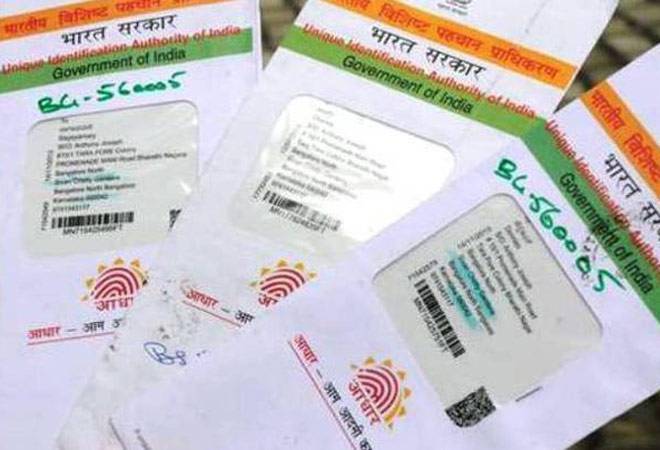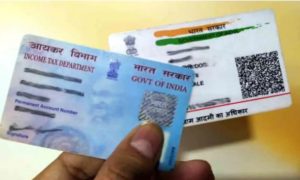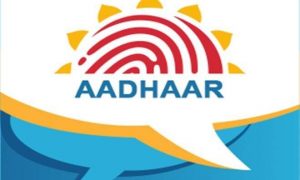Aadhaar enrolment and update new rules: The Unique Identification Authority of India (UIDAI) recently released a notification to revise the Aadhaar (Enrolment and Update) rules. Updated forms for both Aadhaar enrolment and updates have been introduced. Different forms have been provided for residents and non-residents (NRIs) seeking Aadhaar enrolment or updates. According to an ET report, these new rules aim to simplify the process of updating demographic details, including addresses, in the Aadhaar system.
Read More: How to avoid falling into a credit card trap
Updation of Aadhaar detailsThe new regulations offer two convenient methods for updating information in the Central Identities Data Repository (CIDR): individuals can either visit an enrolment center or use the official website/mobile application. In contrast, the previous 2016 rules restricted online updates solely to address changes. Any other updates to Aadhaar details necessitated a visit to the enrolment center.
Notably, the new rules do not specify any limitations, indicating a potential future scenario where Aadhaar card holders may be able to update additional details, such as mobile numbers, online as well, the ET report said.
Read More: Flight operations hit! Dense fog delays several flights at Delhi Airport – Details inside
Forms for Aadhaar enrolmentThe existing forms for both Aadhaar enrolment and updating Aadhaar details have been replaced with new versions. The newly introduced Form 1 is designated for use by individuals aged 18 years and above, both residents and non-residents (provided they have proof of address in India), for Aadhaar enrolment. Interestingly, individuals falling within this category can also use the same Form 1 to update their Aadhaar details.
Age declaration and documentary proofAccording to the new form, if an individual’s age is declared or approximate (without documentary proof of birth date), the Aadhaar card will only display the declared/approximate birth year. Providing documentary proof is necessary for printing the complete date of birth on the Aadhaar card.
Aadhaar enrolment and updates can be carried out through either document verification or confirmation by the Head of Family (HoF). In the latter case, the HoF needs to furnish their Aadhaar details and sign Form 1. Additionally, NRIs are required to provide an email ID in Aadhaar. If an NRI provides a non-Indian mobile number, no SMS or text message will be sent to that number, as outlined in the guidelines for Form 1. Notably, for NRIs, a valid Indian passport serves as the sole acceptable Proof of Identity (POI).
Read More: UIDAI Facilitates Easy Aadhaar Updates For Residents And NRIs – Details
These new forms have replaced the old ones for Aadhaar enrolment and updates:
Form 1: For residents and non-residents (with proof of address in India) aged 18 years and above. This form is used for both enrolment and updating details.
Form 2: Specifically for NRIs with address proof outside India.
Form 3: Designed for the enrolment of children (resident or NRI with an Indian address) aged between 5 and 18 years.
Form 4: For NRI children with addresses outside India.
Form 5: Intended for resident or NRI children (with an Indian address) aged below 5 years.
Form 6: For NRI children (with an address outside India) aged below 5 years.
Form 7: Used by resident foreign nationals aged 18 years and above, seeking Aadhaar enrolment or updates, requiring details of foreign passport, OCI Card, valid long-term visa, Indian visa, and a mandatory email ID.
Form 8: For resident foreign nationals aged below 18 years.
Form 9: Introduced for the cancellation of Aadhaar numbers upon turning 18.
Updation of documents or informationAccording to the notification, Aadhaar holders can now update their documents or information within ten years from the date of Aadhaar generation. This can be done online through the UIDAI website or mobile app, or by submitting a form at an enrolment center. This is different from the 2016 rules, which did not allow online updates.
The UIDAI issued these changes on January 16, 2023, offering a more accessible and comprehensive approach to Aadhaar enrolment and updates.



































